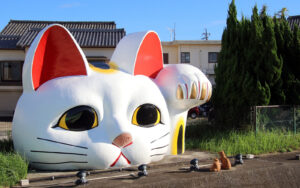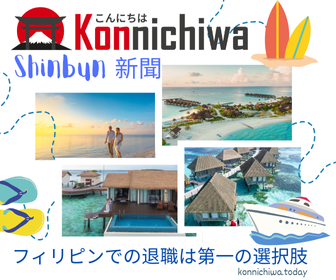Tokoname


Tokoname is a seaside city in southern Aichi Prefecture. Since the 1970s, visitors have come to this city to explore the Tokoname Pottery Footpath—walking courses that introduce the area’s legacy of pottery crafting through museums, artisans’ studios, hands-on workshops and more.
Accessible in about 30 minutes by train from Nagoya, Tokoname is a great day trip for those who love art, long walks and maneki neko (lucky cat statues).
The History of Tokoname’s Pottery
 Photo by: PIXTA/ polkadots
Photo by: PIXTA/ polkadotsPottery production in Tokoname dates back to the 12th century. Thanks to factors such as the pottery’s quality and access to ocean shipping routes, Tokoname ware spread outside the region. In the 19th century, teapots called kyusu became a local specialty. It is said Tokoname’s iron-rich clay mellows the bitterness of loose-leaf Japanese green tea. This makes Tokoname’s teapots popular even today.
As Japan rapidly modernized in the late 19th century, Tokoname’s pottery industry created building materials such as ceramic pipes and roof tiles. In the 1950s, Tokoname became the largest domestic producer of maneki neko statues—a title the city still claims.
Now, in the 21st century, artisans continue selling the famous teapots and maneki neko. At the same time, they craft new items adapted to modern tastes.
Exploring the Tokoname Pottery Footpath
 Photo by: PIXTA/ mi_ciel
Photo by: PIXTA/ mi_cielThe Pottery Footpath’s two walking courses begin at the Tokoname Ceramic Hall (about a 10-minute walk from Tokoname station).
Course A is 1.6 kilometers long. It includes historic sites such as large kilns and photogenic townscapes like embankment walls made with repurposed pottery. Course A also includes a detour to Maneki Neko Street, where more than 30 cat sculptures are mounted on a wall. Each cat has a unique design to embody a specific blessing. Maneki Neko Street is also one place where visitors can see Tokonyan—a nearly four-meter-high lucky cat head that watches over passersby. Created in 2008, this statue has become a symbol of Tokoname and the Pottery Footpath.
Course B is four kilometers long. It adds more museums to Course A, offering visitors a fuller picture of Tokoname’s historic and modern pottery industry.
The Pottery Footpath also features cafes, the shops of local artisans and hands-on experiences such as pottery painting and crafting. Simply walking Course A or B can take one to two hours. Exploring multiple shops and museums or joining workshops, however, can take a whole day.






